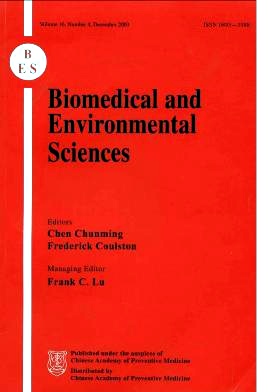Influences of Quinclorac on Culturable Microorganisms and Soil Respiration in Flooded Paddy Soil
-
Key words:
- Quinclorac /
- Soil culturable microorganisms /
- Soil respiration /
- Flooded paddy soil
Abstract: Objective To investigate the potential effects of herbicide quinclorac (3,7-dichloro-8-quinoline-carboxylic) on the culturable microorganisms in flooded paddy soil. Methods Total soil aerobic bacteria, actinomycetes and fungi were counted by a 10-fold serial dilution plate technique. Numbers of anaerobic fermentative bacteria (AFB), denitrifying bacteria (DNB) and hydrogen-producing acetogenic bacteria (HPAB) were numerated by three-tube anaerobic most-probable-number (MPN)methods with anaerobic liquid enrichment media. The number of methanogenic bacteria (MB) and nitrogen-fixing bacteria (NFB) was determined by the rolling tube method in triplicate. Soil respiration was monitored by a 102G-type gas chromatography with a stainless steel column filled with GDX-104 and a thermal conductivity detector. Results Quinclorac concentration was an important factor affecting the populations of various culturable microorganisms. There were some significant differences in the aerobic heterotrophic bacteria. AFB and DNB between soils were supplemented with quinclorac and non-quinclorac at the early stage of incubation, but none of them was persistent. The number of fungi and DNB was increased in soil samples treated by lower than1.33 μg·g-1 dried soil, while the CFU of fungi and HPAB was inhibited in soil samples treated by higher than 1.33 μg·g-1 dried soil. The population of actinomycete declined in negative proportion to the concentrations of quinclorac applied after 4 days. However, application of quinclorac greatly stimulated the growth of AFB and NFB. MB was more sensitive to quinclorac than the others, and the three soil samples with concentrations higher than 1 μg·g-1 dried soil declined significantly to less than 40% of that in the control, but the number of samples with lower concentrations of quinclorac was nearly equal to that in the control at the end of experiments. Conclusion Quinclorac is safe to the soil microorganisms when applied at normal concentrations (0.67μg·g-1).
| Citation: | ZHEN-MEI LU, HANG MIN, YANG-FANG YE. Influences of Quinclorac on Culturable Microorganisms and Soil Respiration in Flooded Paddy Soil[J]. Biomedical and Environmental Sciences, 2003, 16(4): 314-322. |







 Quick Links
Quick Links
 DownLoad:
DownLoad: